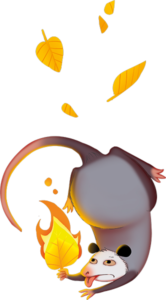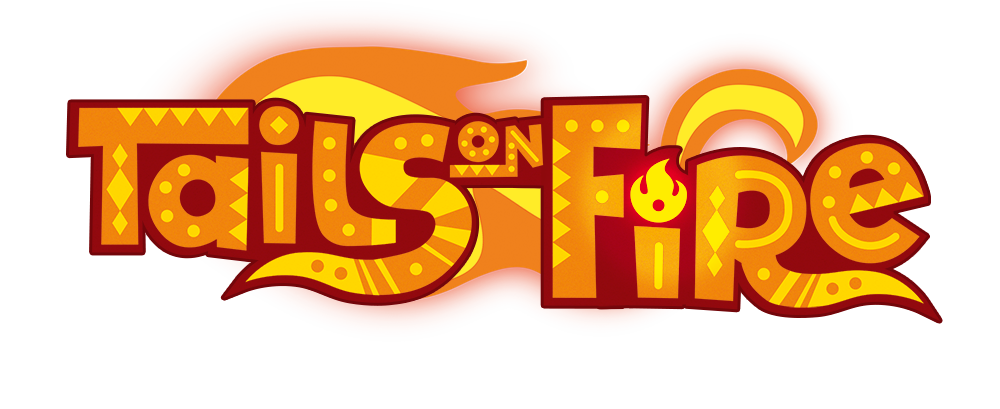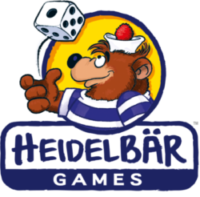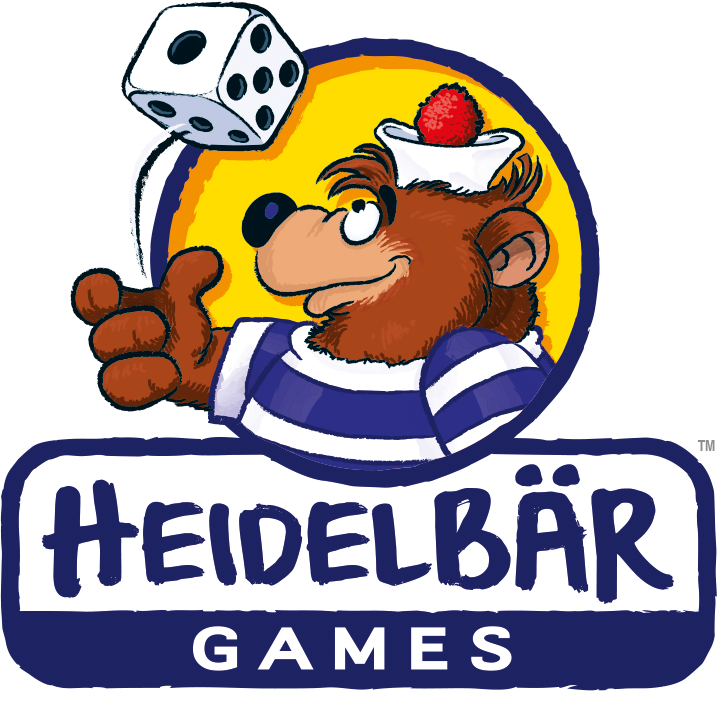
INTERVIEW: Thomas Sellner

Thomas Sellner, born 1978 in Bremervörde, has always played a lot. As a child/teenager he already programmed computer games and tinkered with board games. He did an apprenticeship as an IT specialist, then Thomas studied media informatics in Bremen and is now a software developer for browser and mobile games in Hamburg. About Sellner himself: He has 3 brothers, his wife and 2 children, with whom he loves to play games. Thomas likes to develop games with the focus: simple, interactive and entertaining. This also suits his taste exactly. His motivation for game development is to bring people together around a table to make exciting decisions and experience witty situations.
We asked Thomas a few questions:
- How old were you when you discovered your love for game development?
I started developing video and board games at a young age. I developed these for my brothers, myself or my school friends. It has always been incredible fun for me when other people have a good time through my games. This is still my motivation. The first game I approached a publisher with was a Carcassonne variant. That must have been around 2005. However, I can’t even remember if I really had contact with Hans im Glück at that time. Around 2011 I had a new Roll ‘n’ Write Carcassonne variant, which I actually presented to Hans im Glück at SPIEL in Essen. I really started approaching many publishers in 2018. I had a prototype that went down so well with friends that I just had to get started now.
- Have you been inspired by other entertainment opportunities, such as the video game industry?
I don’t think that’s the case. Video games have their strengths when it comes to handling complex logic, providing data and displaying game situations in real time. Parlor games have an advantage where communication and interaction at the table are in the foreground. As an example: In the digital implementation of Catan, card trading between players is super cumbersome. Entering supply and demand is fiddly. In real life, at the table, you just negotiate and haggle. That works much better. Another example where the video game is just stronger: For example, I played 7 Wonders Duel only once as a board game, then only as a video game. The digital version calculates all the costs for me and displays them clearly. So I can take care of the actual decisions instead of having to calculate all the time. Now I haven’t really answered the question, but at least I’ve revealed which mechanics or processes I choose for a new game and which I give a wide berth to. - What is your favorite video game and why?
Okay, off the top of my head: Super Mario Kart on the Super Nintendo from 1992. Why? I still play it regularly with my brothers. It’s the perfect mix of skill and luck. Even after 30 years, incredible things still happen that you haven’t experienced before. There’s no game that makes me feel so happy and at the same time excites me so much that I’ve lost a few controllers in the process … - We are already on the subject of favorite games. Can you also tell us your favorite board/card game?
That is so difficult. It always totally depends on the group. So I’ll dodge the question a bit and list a few perennial favorites that are just a blast with the right players: Cunning and Trickery, Bruges, Catan, Just One, and For Sale. And to be honest: My own unreleased games that are on my mind right now. 🙂 - What game most influenced you to create board/card games and share them with the world?
The stone pieces from Azul. As reported earlier, I had a prototype in 2018 that started it all. The idea for this game came about when I was playing around with the Azul material until I called out Eureka. But I would also like to mention Carcassonne, which has inspired me several times to develop a variant myself. - Where did your idea for Tails on Fire come from, since this style of play is hardly used?
About 10 years ago, I asked myself why a skat or poker card game actually consists of numbers, as well as jack, queen, king and ace. Instead of googling, I came up with the idea of developing a game in which these people actually take on different, appropriate roles. This turned into LUDE, which I played a lot with friends. The basic idea of having to play the last card to win was born with this game. Then in 2018, when I started talking to a lot of publishers, I dug out that game again and expanded it with the stealing mechanism and called it Taler Taler. - What were the hurdles in releasing your game and how did you overcome them?
I think the biggest hurdle is convincing a publisher as an unknown author. So far, only very small publishers have been interested in my prototypes. That’s not to say that I haven’t had contact with larger publishers. I was very pleasantly surprised at how relatively easy it was to make appointments with established publishers. I also received a very warm welcome everywhere I went and met many, great editors. Nevertheless, I think that as a newcomer, you first have to have a lot of patience and staying power. Also, because of the pandemic, it was very difficult to test the prototypes in different game groups in the last few years. Without feedback from players, you’re very much up in the air and have difficulty developing your game further. - How long did you tinker with Tails on Fire to get it to its current charm?

As described above, it took a few iterations. In addition, it got checked and further developed by HeidelBÄR and Roland respectively. - Since we’re already talking about Tails on Fire. How does it feel to publish your first game with the renowned HeidelBÄRen?
It feels very good. I’m really looking forward to the players’ reactions. I’m super grateful to have been given the confidence. I’m also super happy about how beautiful the game turned out. - How do you like the theme of iguanas and possums breathed into the game?
I think it’s really good and I’m always surprised what exciting fairy tales there are still to discover. I immediately ordered the fairy tale book. The universe has also given its ok, because my wife happens to be possum fan. 🙂 - How much did you enjoy working with HeidelBÄR Games?
I am very satisfied, it could hardly have gone better. My game and I were welcomed with open arms. It certainly wasn’t an easy time, as it was very much shaped by Corona. Nevertheless, we had regular contact and work was always done to improve the game. The quality of the resulting game is simply top. - Has designing games changed your perspective on the world of board and card games?
I play much less games than I used to :D. But that may be because I am now a father of two. This isn´t the only reason though, because ealier I just used to play games, now I’m tinkering with my prototypes. Where I used to run across fairs to buy new games, I now have appointments to “sell” my games. Still, of course I know the big hits, check out lots of new games, and enjoy innovations. In my own developments, I make it a point to create something truly new. At the same time, my respect for authors, of complex games, has increased. It’s complex enough to test and perfect simple games with relatively little material. I can’t even imagine how much time must go into a game of experts. - Do you have role models?
I don’t think so. In any case, there are authors I’m watching more closely and I’m curious to see what comes next. These include Stefan Feld, Friedemann Friese and Uwe Rosenberg. Funnily enough, though, I play relatively few games by those three. Board games inspire me when they create entirely new interactions and game situations with little material and simple rules. Dixit, The Mind, and Just One are nice examples of this. - Do you already have plans for your next release and is there anything you can tell us about?
There are several games waiting to be released by various publishers or agencies. Also at SPIEL22 I will show new games to publishers again. I would love to tell you about them, but for once you have to be patient 😉
 September,2022
September,2022
translated into english by Nikita Zimmermann

